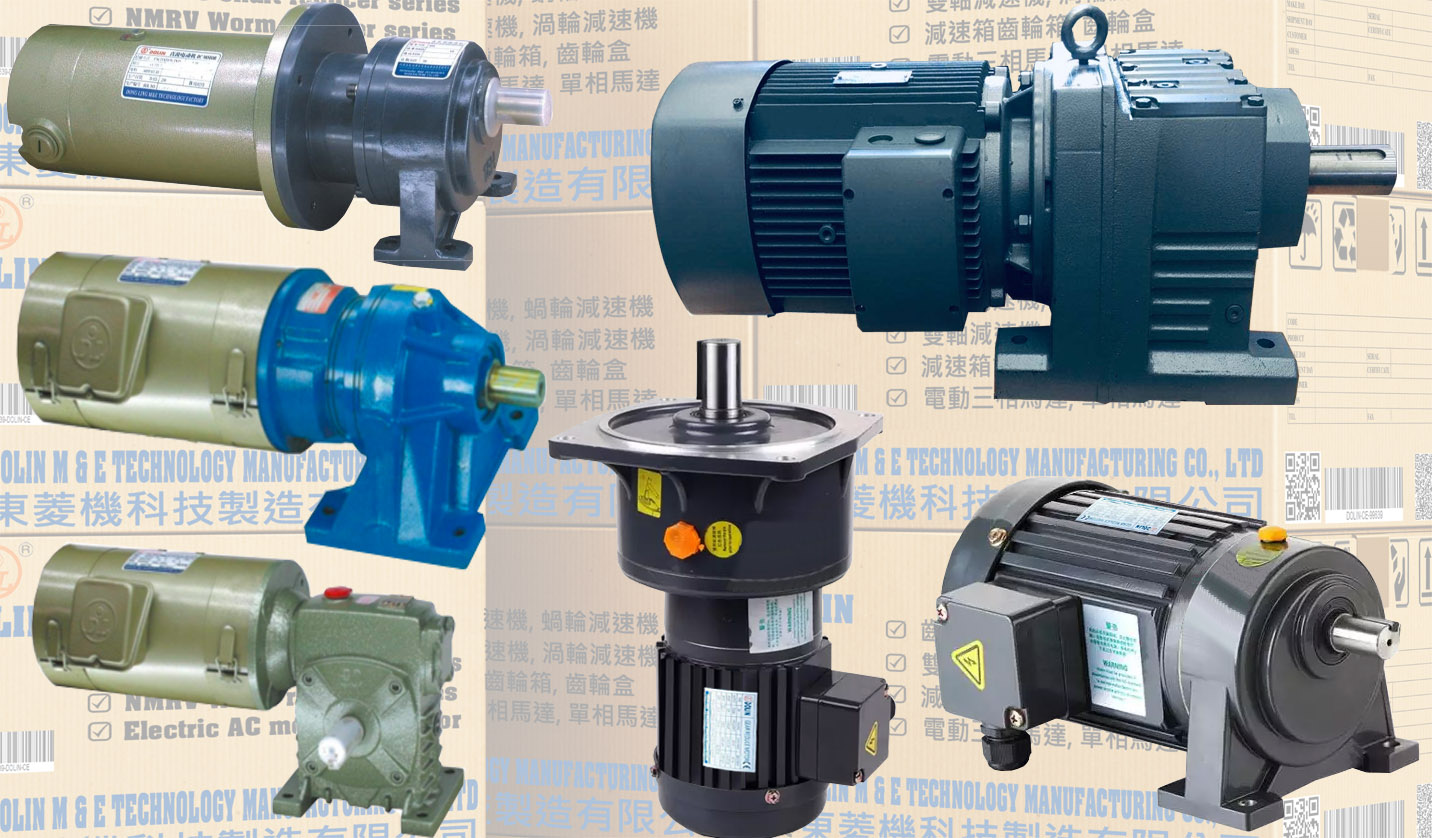- Home
- /
- News
- /
- Industry News
Gearmotors: Types and Industrial Applications

A geared motor is an all-in-one combination consisting of an electric motor and a gearbox. Used for high torque and low speed applications, it is a particularly simple and cost-effective solution to achieve optimal energy efficiency.
The gearbox allows to increase torque while reducing the speed of the prime mover output shafts. In other words, it works like a speed and torque converter. Specifically, it uses the mechanical advantage by transmitting motion from the input shaft to the output one.
Common types of gearmotors
There are different classifications of gearmotors. The first is made according to the power of the gearbox and distinguishes three main models: parallel shaft gearboxes, angular gearboxes, and planetary gearboxes.
However, it also depends on the type of motor, with the main distinction being between AC or DC motor. In fact, gearmotors can use AC (alternating current) or DC (direct current) power, even if today the most common ones have a three-phase asynchronous motor or a permanent magnet synchronous servomotor. This distinction can affect various performance factors, including reliability, speed control complexity, and cost.
Industrial applications for gearmotors
Gearmotors are generally used in applications that require a high output torque and a lower output shaft rotation speed. Furthermore, they are a particularly ideal solution where space and power are limited thanks to their compact design and modularity. Among the possible applications of gearmotors we find many systems and machinery in different sectors, industrial and not.
Some examples:
Transport and logistics systems
Automotive, throughout the production process
Food & beverage, from packaging to filling
Robots and handling machines
READ THE ROLE OF ROBOTICS IN THE SUPPLY CHAIN
How to select the right gearmotor
Review the application requirements for the gear motor, namely:
General requirements, from mounting orientation to dimensions.
Input power source: voltage, frequency, maximum current, etc.
Gear motor specifications: dimensions, weight, noise level, etc.
Gear motor performance: speed, torque, power, etc.
Operating environment: application and ambient temperature, degree of ingress protection.
Select the correct motor based on the application requirements.
Make sure that the gearmotor is sized correctly for the desired application based on the speed and torque requirements of the load to be operated.
Perform the necessary tests to ensure proper engine operation in a typical operating environment.
Common types of gearmotors
There are different classifications of gearmotors. The first is made according to the power of the gearbox and distinguishes three main models: parallel shaft gearboxes, angular gearboxes, and planetary gearboxes.
However, it also depends on the type of motor, with the main distinction being between AC or DC motor. In fact, gearmotors can use AC (alternating current) or DC (direct current) power, even if today the most common ones have a three-phase asynchronous motor or a permanent magnet synchronous servomotor. This distinction can affect various performance factors, including reliability, speed control complexity, and cost.
Industrial applications for gearmotors
Gearmotors are generally used in applications that require a high output torque and a lower output shaft rotation speed. Furthermore, they are a particularly ideal solution where space and power are limited thanks to their compact design and modularity. Among the possible applications of gearmotors we find many systems and machinery in different sectors, industrial and not.
Some examples:
Transport and logistics systems
Automotive, throughout the production process
Food & beverage, from packaging to filling
Robots and handling machines
READ THE ROLE OF ROBOTICS IN THE SUPPLY CHAIN
How to select the right gearmotor
Review the application requirements for the gear motor, namely:
General requirements, from mounting orientation to dimensions.
Input power source: voltage, frequency, maximum current, etc.
Gear motor specifications: dimensions, weight, noise level, etc.
Gear motor performance: speed, torque, power, etc.
Operating environment: application and ambient temperature, degree of ingress protection.
Select the correct motor based on the application requirements.
Make sure that the gearmotor is sized correctly for the desired application based on the speed and torque requirements of the load to be operated.
Perform the necessary tests to ensure proper engine operation in a typical operating environment.
Key: Vertical 3 Phase ac induction motors, electric motor, Vertical Inverter Duty motor, DC Brake motor Oil Pressure Motor, helical gear motor, AC mini Induction DC gear motor, Gear reducer motor series, NMRV NRV worm reducer series, Worm reducer series, Horizontal Inverter duty, worm gear series, ac motor, vertical gearmotor, helical horizontal gearmotor, gear reduce motor, bevel gearmotor, cyclo gear motor, NMRV gear motor, worm reducer
Newer articles
- Electric Motor Power Measurement and Analysis (31/03/2020)
- The basics of motor testing (02/04/2020)
- Select a gear motor (01/04/2020)
- A Guide to Selection of Gear Motors (13/03/2020)
- Which motors are the best for high speeds (02/04/2020)
- Benefits to Using Gear Motors (09/03/2020)
- What is a gearmotor? (12/03/2020)
- AC Gear Motors: Leveraging Torque-Boosting Power (18/03/2020)
- How to design gearmotors for extreme ambient conditions (31/03/2020)
- Top 10 tips for working with gearmotors (03/03/2020)
Older articles
- How to Wire a Single Phase 230V Motor (12/02/2020)
- Electric motors (02/02/2020)
- How to Check an Electric Motor If It Is Bad (19/02/2020)
- Working Principle of a Single Phase Induction Motor (30/12/2019)
- Single-phase, two-phase and three-phase motors (11/01/2020)
- Induction Motor Working Principle- Single Phase and Three Phase Induction Motor (03/02/2020)
- Applications and advantages of using gear motors (03/02/2020)
- All you need to know about gear motors and their components (12/02/2020)
- Advantages & Disadvantages of DC (08/09/2019)
- How to select gear ratio for a gear reducer? (20/01/2020)





Join